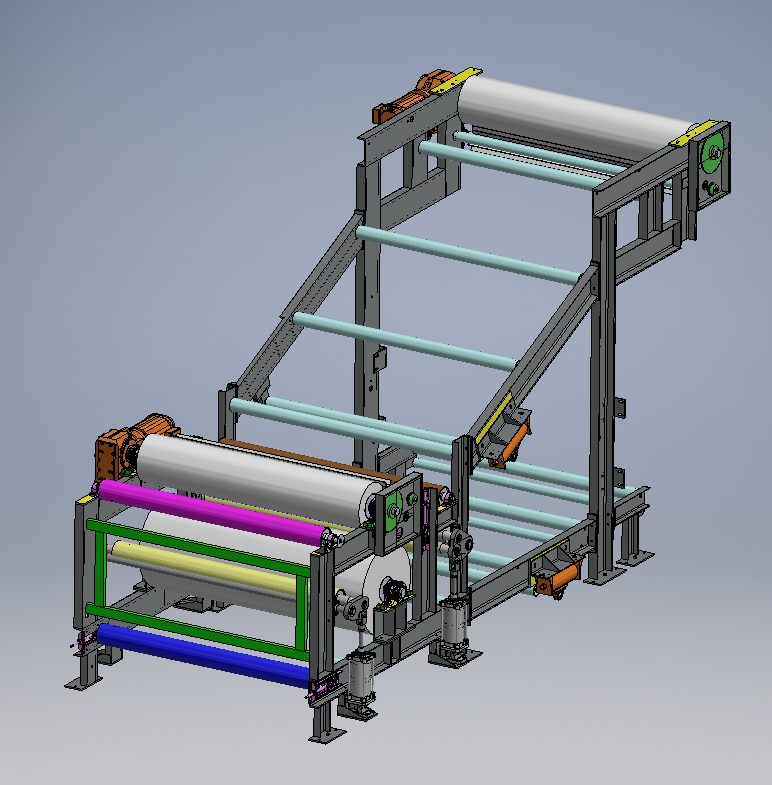Introduction
Sheet metal is a versatile material widely used in various industries for creating durable and cost-effective components. Designing components with sheet metal requires careful consideration of material properties, manufacturing processes, and design principles. In this post, we will explore essential guidelines and best practices to help you effectively design components with sheet metal.


1. Understand Material Characteristics:
Before designing with sheet metal, it is crucial to familiarize yourself with the material’s properties. Sheet metal typically consists of metals such as steel, aluminium, or stainless steel. Each material has distinct strengths, weaknesses, and manufacturing considerations. Understand factors such as material thickness, strength, ductility, and corrosion resistance to make informed design decisions.
2. Optimize Design for Manufacturing (DFM):
Designing for manufacturability is critical in sheet metal design. Collaborate closely with manufacturing engineers to ensure your design is compatible with production processes. Consider factors such as material availability, cost, sheet sizes, and fabrication techniques like cutting, bending, and welding. Designing with standard sheet sizes minimizes waste and reduces manufacturing costs. This guide has the basic rules to start designing with sheet metal.
3. Verify the 2D Flat Pattern:
Sheet metal components are typically created by cutting, bending, and forming flat sheets. Begin the design process by creating a 2D flat pattern that represents the final shape of the component. Ensure that the flat pattern is feasible for manufacturing and accounts for material thickness, bend allowances, and tolerances. This guide, shows how flat patterns is calculated.
4. Incorporate Bend Radius and Relief:
Bending is a common process in sheet metal fabrication. Incorporate appropriate bend radii to avoid cracking or deformation during forming. Sharp bends are more likely to lead to material failure, so aim for a minimum bend radius of at least the material thickness. Additionally, add relief cuts or slots near bends to relieve stress and prevent distortion.



5. Use Symmetry and Simplify Shapes:
Leverage symmetry in your designs to optimize manufacturing processes and reduce costs. Symmetrical components are easier to fabricate and offer better structural integrity. Simplify shapes by minimizing the number of bends and complex features. This streamlines production and reduces the risk of errors or material wastage.
6. Consider Tolerance and Fit:
Sheet metal components often need to fit precisely with other parts in an assembly. Account for manufacturing tolerances and ensure appropriate clearances for mating parts. Discuss tolerance requirements with your supplier and consider factors such as part deformation during welding or finishing processes.
7. Account for Material Thickness and Strength:
Sheet metal components derive their strength from their geometry and material thickness. For structural integrity, avoid designs with excessive spans between supports. If a component requires additional strength, consider using reinforcements, stiffening ribs, or gussets strategically.
8. Add Mounting Features and Fastening Options:
Integrate mounting features and fastening options directly into your design. This may include holes for screws, rivets, or weld nuts. Plan for efficient assembly by incorporating alignment features or self-locating tabs. By designing components with built-in attachment points, you simplify the assembly process and enhance overall product quality.

Conclusion:
Designing components with sheet metal requires a comprehensive understanding of material properties, manufacturing processes, and design principles. By incorporating these guidelines into your sheet metal design process, you can create components that are both functional and manufacturable. Remember to collaborate closely with manufacturing engineers to ensure a seamless transition from design to production. With careful planning and attention to detail, you can optimize your sheet metal.
